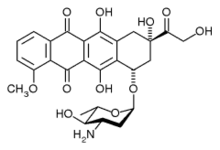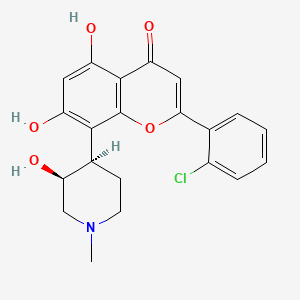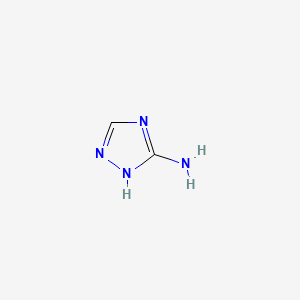In continuation of my update on triclosan
A new study suggests that triclosan, an antimicrobial and antifungal agent found in many consumer products ranging from hand soaps to toys and even toothpaste, can rapidly disrupt bacterial communities found in the gut.
The research was published today [May 18] in PLOS ONE by scientists from Oregon State University. It was based on findings made with zebrafish, which researchers believe are an important animal model to help determine possible human biological and health impacts of this antimicrobial compound.
Triclosan was first used as a hospital scrub in the 1970s and now is one of the most common antimicrobial agents in the world, found in shampoos, deodorants, toothpastes, mouth washes, kitchen utensils, cutting boards, toys, bedding, socks and trash bags. It continues to be used in medical settings, and can be easily absorbed through the skin.
"There has been a legacy of concern about exposure to microbial pathogens, which has led to increased use of these antimicrobial products," said Thomas Sharpton, an assistant professor of microbiology and statistics in the OSU Colleges of Science and Agricultural Sciences, and corresponding author on the new study.
"However, there's now a growing awareness of the importance of the bacteria in our gut microbiome for human health, and the overuse of antibiotics that can lead to the rise of 'superbugs.' There are consequences to constantly trying to kill the bacteria in the world around us, aspects we're just beginning to understand."
In the new study, researchers found that triclosan exposure caused rapid changes in both the diversity and composition of the microbiome in the laboratory animals. It's not clear what the implication may be for animal or human health, but scientists believe that compromising of the bacteria in the intestinal tract may contribute to the development or severity of disease.
Some bacteria were more susceptible to the impact of triclosan than others, such as the family Enterobacteriaceae; and others were more resilient, such as the genus Pseudomonas.
"Clearly there may be situations where antibacterial agents are needed," said Christopher Gaulke, lead author on the study and a postdoctoral microbiology researcher in the OSU College of Science.
"However, scientists now have evidence that intestinal bacteria may have metabolic, cardiovascular, autoimmune and neurological impacts, and concerns about overuse of these agents are valid. Cumulative impacts are also possible. We need to do significantly more evaluation of their effects, some of which might be dramatic and long lasting."
The gut-associated microbiome performs vital functions for human health, prevents colonization with pathogens, stimulates the development of the immune system, and produces micronutrients needed by the host. Dysfunction of this microbiome has been associated with human disease, including diabetes, heart disease, arthritis and malnutrition, the scientists pointed out in their study.
Humans are routinely exposed to an array of chemicals, metals, preservatives, microbes and nutrients, some of which may be beneficial, some innocuous, and others harmful, the researchers said. Part of the strength of the present study is developing improved ways, through rapid screening of zebrafish, to more easily determine which compounds may be acceptable and which are toxic, scientists say.
Triclosan has been a concern in part because it is so widely used, and it's also readily absorbed through the skin and gastrointestinal tracts, showing up in urine, feces and breast milk. It also has been associated with endocrine disruption in fish and rats, may act as a liver tumor promoter, and can alter inflammatory responses.
This study showed it was quickly associated with shifts in the microbial community structure and can alter the abundance of specific taxa.





 epirubicin
epirubicin letrozole
letrozole  palbociclib
palbociclib




